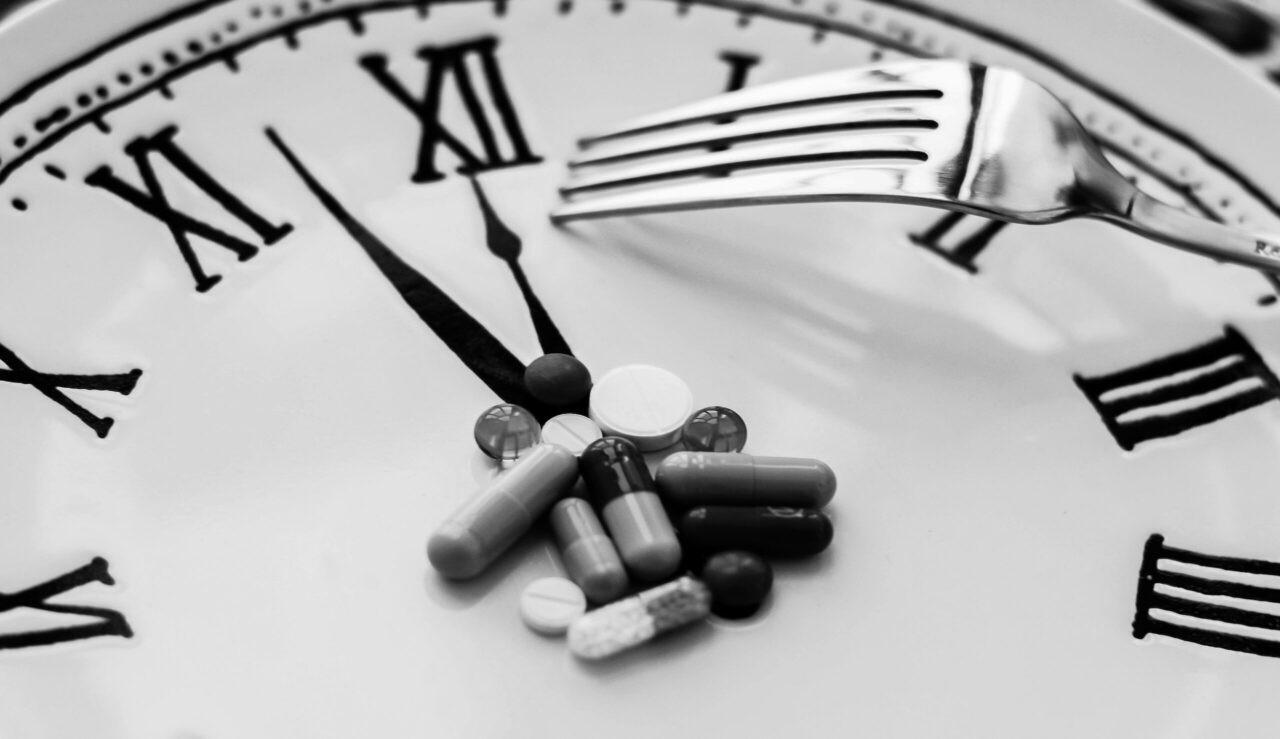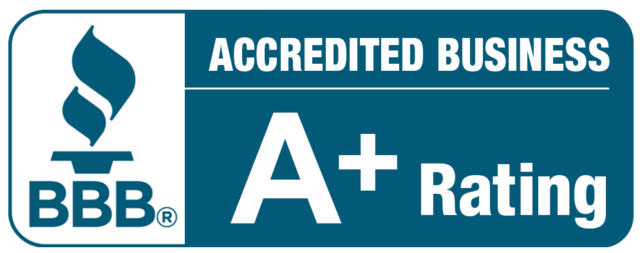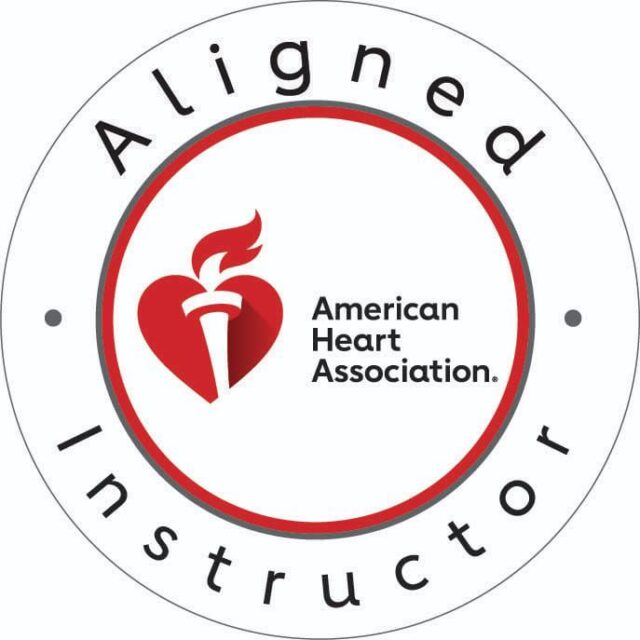Medication adherence is a critical component of effective healthcare, yet it remains a pervasive challenge in medical practice. Patients who do not consistently follow their prescribed medication schedules face an increased risk of worsened health conditions and higher healthcare costs.
In this article, we show you how to measure medication adherence progress. This includes strategies and methods caregivers can employ to measure progress such as medication logs, digital apps, and patient-reported outcomes, providing insights into how healthcare providers can track and support their patients’ adherence journeys.
How Do I Go About Measuring Medication Adherence?
Accurately measuring medication adherence is the first step towards ensuring that patients are on track with their treatment plans. Here is how to do that
1. Medication Logs and Journals
Using or encouraging patients to maintain medication logs or journals can be effective. They record each time they take their medication.
These records can help them track their daily medication intake and identify patterns of adherence. However, this method may not always be reliable, as patients may overestimate their adherence.
2. Pill Counting
Healthcare providers can count the number of pills or medication doses remaining in a prescription bottle during clinic visits.
Comparing the number of pills dispensed to the number remaining can provide insights into a patient’s adherence. This method is straightforward but relies on patients bringing their medications to appointments
3. Medication Adherence Apps
In the digital age, medication adherence apps have become increasingly popular. These apps offer medication reminders, refill alerts, and progress-tracking features. You can explore
- Medisafe
- MyTherapy
- PillPack
- CareZone
- Round Health
- Walgreens
- Healthspek
Also refer to our Technology Solutions for Medication Reminders for apps that can serve as a reminder as well as a tracker for medication adherence.
4. Patient-Reported Outcomes
Engaging patients in open discussions about their adherence can yield valuable insights. Patients may share the challenges they face, allowing healthcare providers to offer tailored support.
5. Medication Event Monitoring Systems (MEMS)
These are special caps or lids that record the date and time each time the medication bottle is opened. MEMS provides accurate data but can be expensive.
6. Prescription Refill Records
Tracking how often a patient refills their prescription can provide insights into adherence. Frequent refills may indicate good adherence, while irregular refills may suggest non-adherence.
7. Electronic Monitoring
Electronic devices, such as smartphone apps or smart pillboxes, can provide real-time data on when medications are taken. These devices send reminders and collect adherence data, offering a convenient and accurate solution.
8. Pharmacy Claims Data
Healthcare providers can access pharmacy claims data, which shows when and how often prescriptions are filled. This data can provide an overview of adherence patterns.
9. Patient Interviews
Conducting open and non-judgmental interviews with patients can help healthcare providers understand adherence challenges and behaviors. Patients may reveal barriers to adherence during these discussions.
10. Medication Adherence Questionnaires
Several validated questionnaires assess self-reported medication adherence. These questionnaires can provide a quick overview of a patient’s adherence behavior.
11. Biological Markers
Some medications leave measurable traces in a patient’s blood or urine. Testing for these markers can provide objective evidence of medication ingestion. This is left for the professionals to handle.
Keep in mind that the choice of measurement method depends on the healthcare setting, patient preferences, and the specific medication being prescribed.
It’s important to select a method that aligns with the patient’s needs and circumstances to get an accurate picture of medication adherence.
Celebrating Medication Adherence Success
Now that you know how to measure medication adherence, you need to give yourself flowers when you are able to track your progress.
Recognizing and celebrating medication adherence success is essential in motivating patients to continue following their treatment plans. How do you do that?
1. Set Achievable Goals
Patients and healthcare providers can collaboratively set achievable adherence goals. Celebrating small milestones along the way can boost motivation.
2. Provide Positive Reinforcement
Positive reinforcement, such as verbal praise or small rewards, can reinforce the importance of adherence and make patients feel valued.
3. Join Support Groups
Participation in support groups can create a sense of community among patients facing similar adherence challenges. Sharing success stories can be inspiring.
4. Involve Family and Caregivers
Involving family members and caregivers in the celebration of adherence milestones can provide additional support and encouragement.
5. Incentivize Adherence
Offering rewards or incentives for consistent adherence can be an effective way to celebrate progress and motivate individuals to adhere to their medication plans.
Conclusion
Monitoring, celebrating, and measuring medication adherence progress is paramount for individuals managing their health through medications.
By understanding the importance of adherence, implementing effective measurement methods, and celebrating even small achievements, individuals can maintain their medication schedules effectively, leading to improved health outcomes and an enhanced quality of life.
We hope you found this guide helpful.
If you are in Indiana and looking for how to access quality care services and personalized client care plans, visit Good Hands home care agency, where care is offered with professionalism and efficiency.





